For safety on the road, your brakes are one of the most crucial systems to maintain. Knowing how to identify the signs of bad brakes can prevent accidents and costly repairs. Let's quickly explore how to tell if your brakes are going bad and the symptoms of faulty brakes.
How Long Can You Drive With A Bad Alternator?
A Quick Introduction To Your Vehicle's Braking System
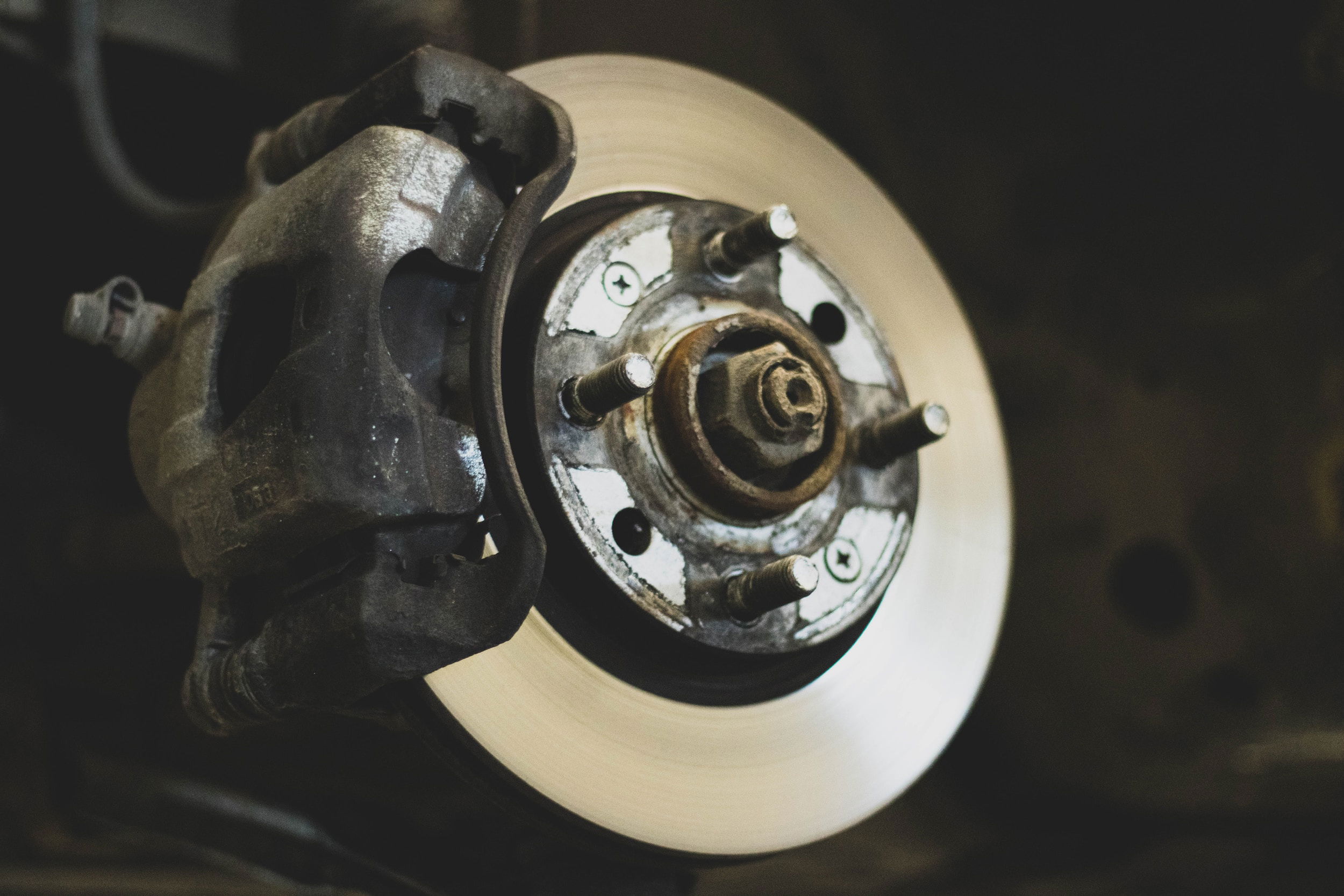
Photo Credit: Benjamin Brunner/Unsplash.
A vehicle's braking system is a critical safety mechanism designed to slow or stop motion through friction. Modern systems typically use hydraulics, where pressing the pedal forces brake fluid to calipers, clamping pads against rotors (disc brakes) or shoes against drums.
Key components include the master cylinder, ABS (anti-lock system), and sensors for stability control. Performance depends on pad material, rotor quality, and fluid condition. Proper maintenance—like pad replacement and fluid flushes—ensures reliability and prevents dangerous failure. The main components of this system include:
- Brake Pedal: The part you press down with your foot.
- Brake Lines: Tubes that carry brake fluid from the master cylinder to the brakes themselves.
- Brake Pads and Shoes: These press against the rotor or drum to create friction.
- Rotors and Drums: The disc or cylindrical parts that the brake pads press against.
- Calipers: Devices that squeeze the brake pads against the rotors.
Signs Of Bad Brakes
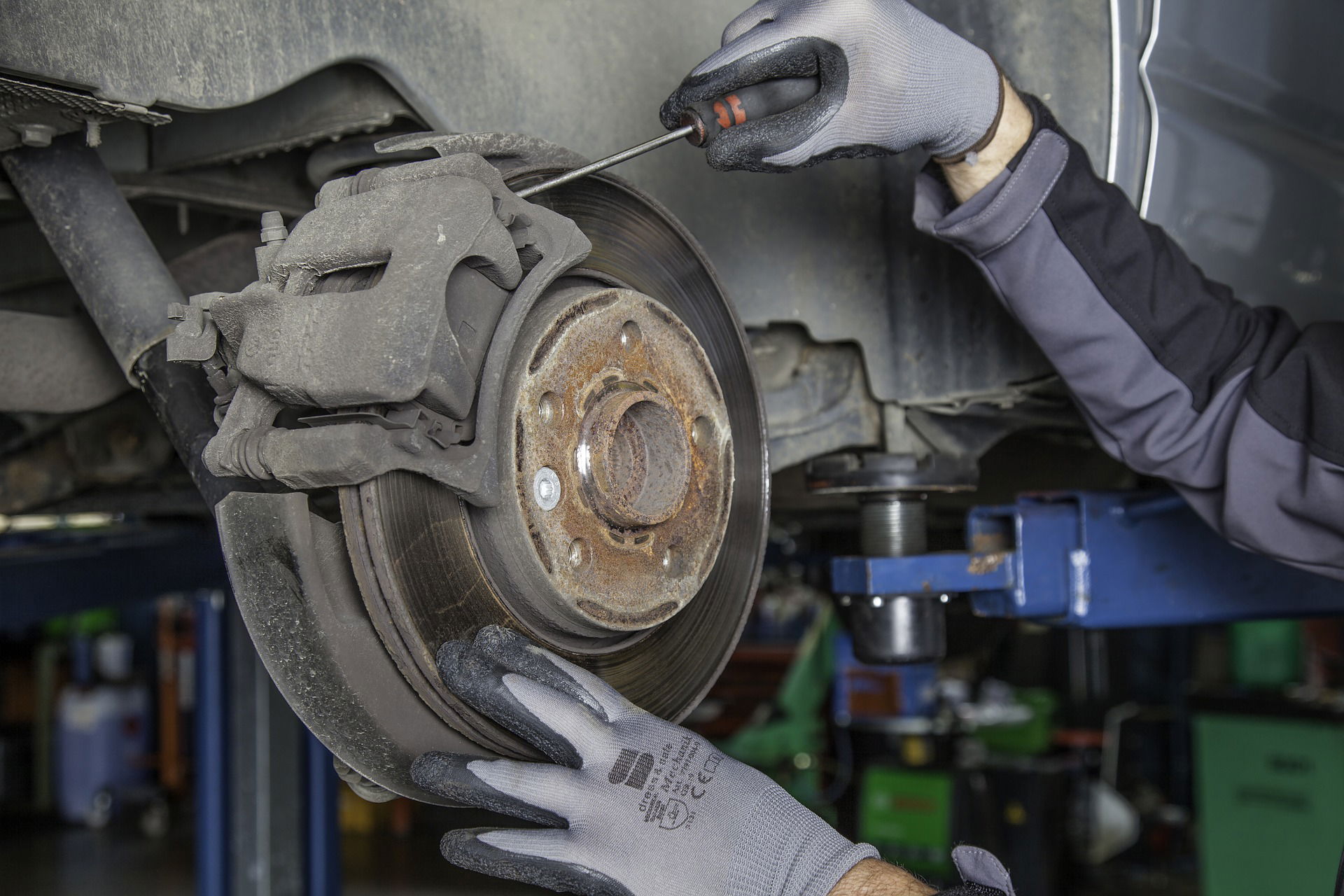
Photo Credit: Pixabay.
Recognizing the symptoms of bad brakes is crucial. Here are the most common signs to watch for:
Squeaking or Squealing Noises
One of the earliest warning signs of bad brakes is a squeaking or squealing noise when you apply the brakes. This can be due to:
- Worn Brake Pads: Most brake pads have a small metal tab that makes a squealing noise when the pads are worn down. This noise indicates it's time to replace them.
- Glazed Pads: If the brake pads are overheated, they can become glazed, causing them to squeak.
Grinding Sounds
A grinding noise usually indicates that brake pads are worn out entirely, and the metal backing plate is grinding against the rotor. This situation needs immediate attention as it can damage the rotors, leading to more expensive repairs.
Vibration or Pulsation
If you feel a vibration or pulsation when applying the brakes, it could be due to:
- Warped Rotors: This is often caused by prolonged use or sudden stops that heat the rotors unevenly.
- Misaligned Wheels: A less common cause but can still result in vibrations.
Brake Pedal Feels Spongy or Soft
A spongy or soft brake pedal can be a significant safety concern and might indicate:
- Air in the Brake Lines: Air bubbles reduce the hydraulic pressure needed to properly apply the brakes.
- Brake Fluid Leak: This reduces the hydraulic pressure in the system, making the brakes less effective.
Car Pulls to One Side
If your car pulls to one side when braking, it could be a sign of:
- Sticking Caliper: A caliper that isn't releasing properly can cause the vehicle to pull.
- Uneven Brake Pads: Pads that wear unevenly can also lead to this symptom.
Burning Smell
A burning smell while driving, especially during or after braking, can be a sign of overheated brakes. This is common when brake pads or rotors get too hot, often due to excessive braking or a stuck caliper.
Brake Warning Light
Most modern vehicles have a brake warning light that will illuminate on the dashboard if there’s an issue with the braking system. This light can indicate low brake fluid, worn brake pads, or a problem with the anti-lock braking system (ABS).
See also:
Choosing The Best Flat Tire Sealant
Diagnosing And Fixing Brake Problems
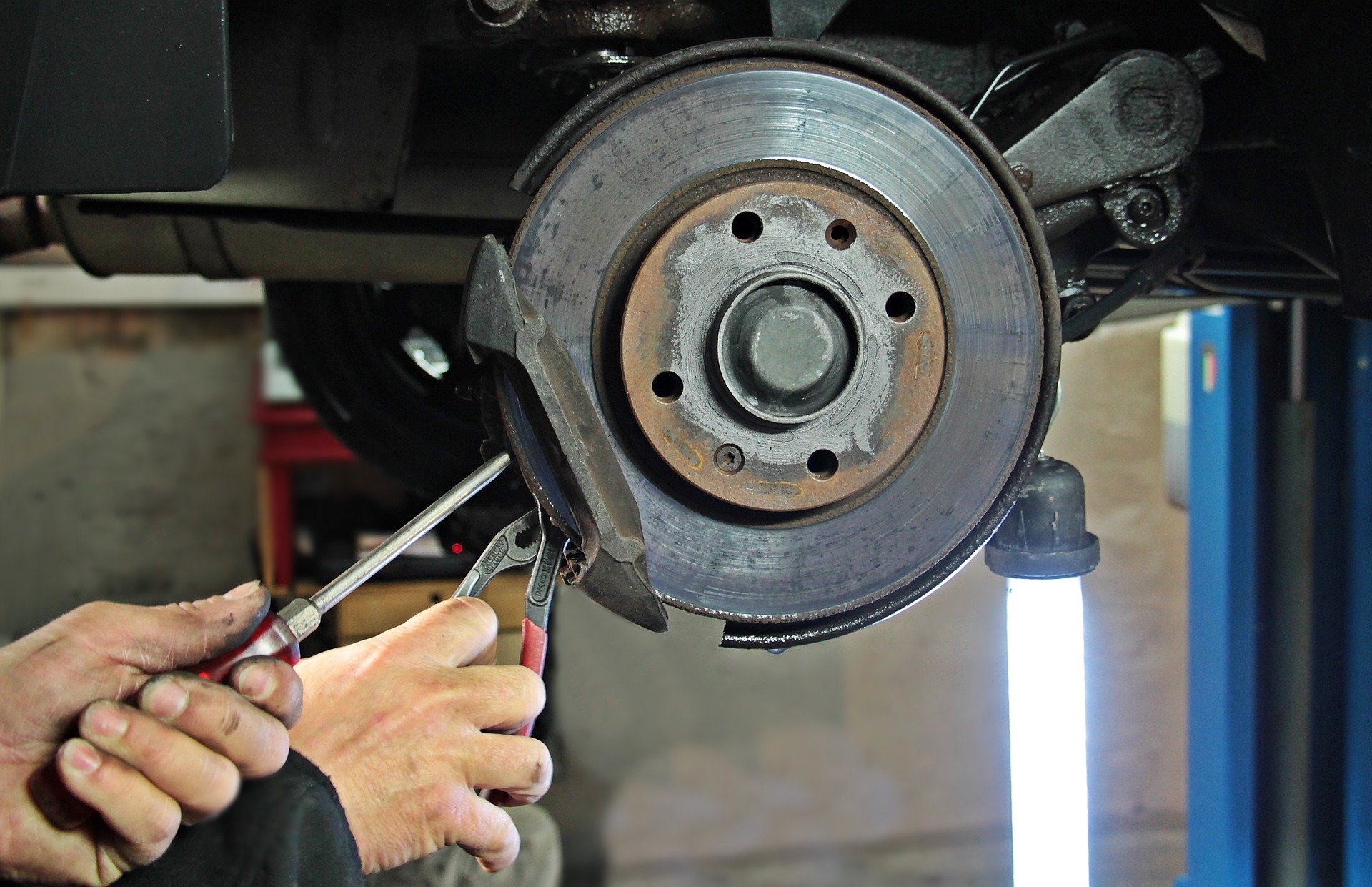
Photo Credit: Pixabay.
If you notice any of the symptoms mentioned above, it's crucial to have your brakes inspected by a professional mechanic.
Here's what you can expect during a brake inspection:
Visual Inspection: The mechanic will check the condition of the brake pads, rotors, and calipers.
Brake Fluid Check: They will inspect the brake fluid level and quality.
Brake Line Inspection: Checking for any leaks or damage in the brake lines.
Test Drive: A test drive may be conducted to feel for any abnormalities.
Regular Maintenance
To avoid bad brakes and ensure safety, regular maintenance is key. Here are some tips:
- Regular Brake Inspections: Have your brakes checked at least once a year or as recommended by your vehicle manufacturer.
- Replace Brake Pads: Typically, brake pads should be replaced every 25,000 to 70,000 miles, depending on driving habits and conditions.
- Check Brake Fluid: Brake fluid should be checked regularly and replaced as needed, typically every 2-3 years.
- Listen for Unusual Noises: Always pay attention to any unusual noises when braking and address them promptly.
How To Choose The Right Brake Components
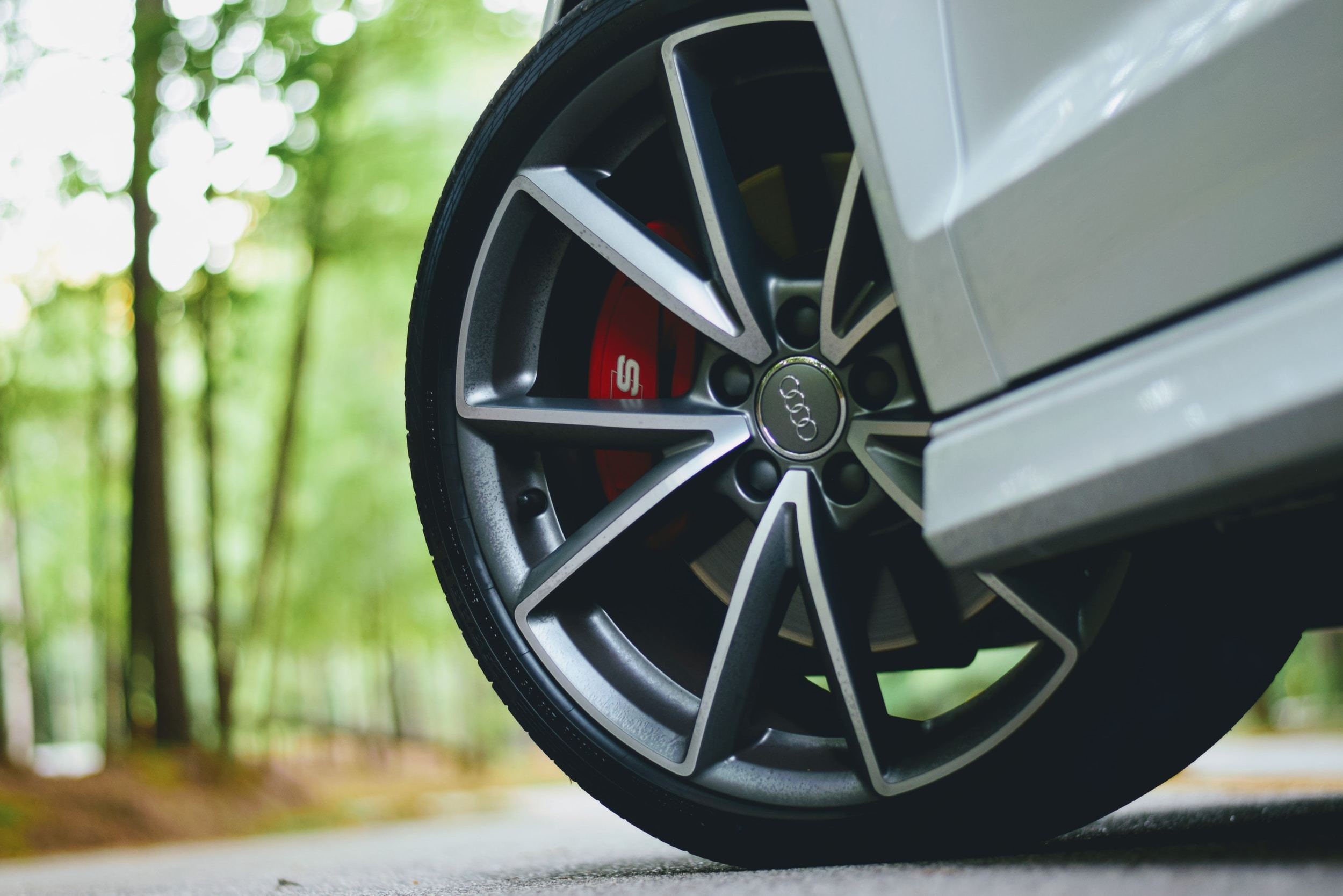
Photo Credit: Chinmay Jade/Unsplash.
Listen to Track Rats – Enthusiasts pushing limits often know which pads handle heat best before fading.
Check Dust Levels – Low-dust ceramic pads may sacrifice bite; prioritize stopping power over clean heels.
Avoid "OEM Equivalent" Rotors – Cheap blanks warp faster; spend slightly more for cryo-treated or slotted rotors.
Test Fluid Boiling Points – DOT 4+ (>500°F) outperforms standard fluids, especially if you tow or drive aggressively.
Ignore Fancy Colors – Painted calipers don’t stop better; focus on piston material (steel > aluminum for heat resistance).
Top Brake Pad Brands For Performance And Reliability
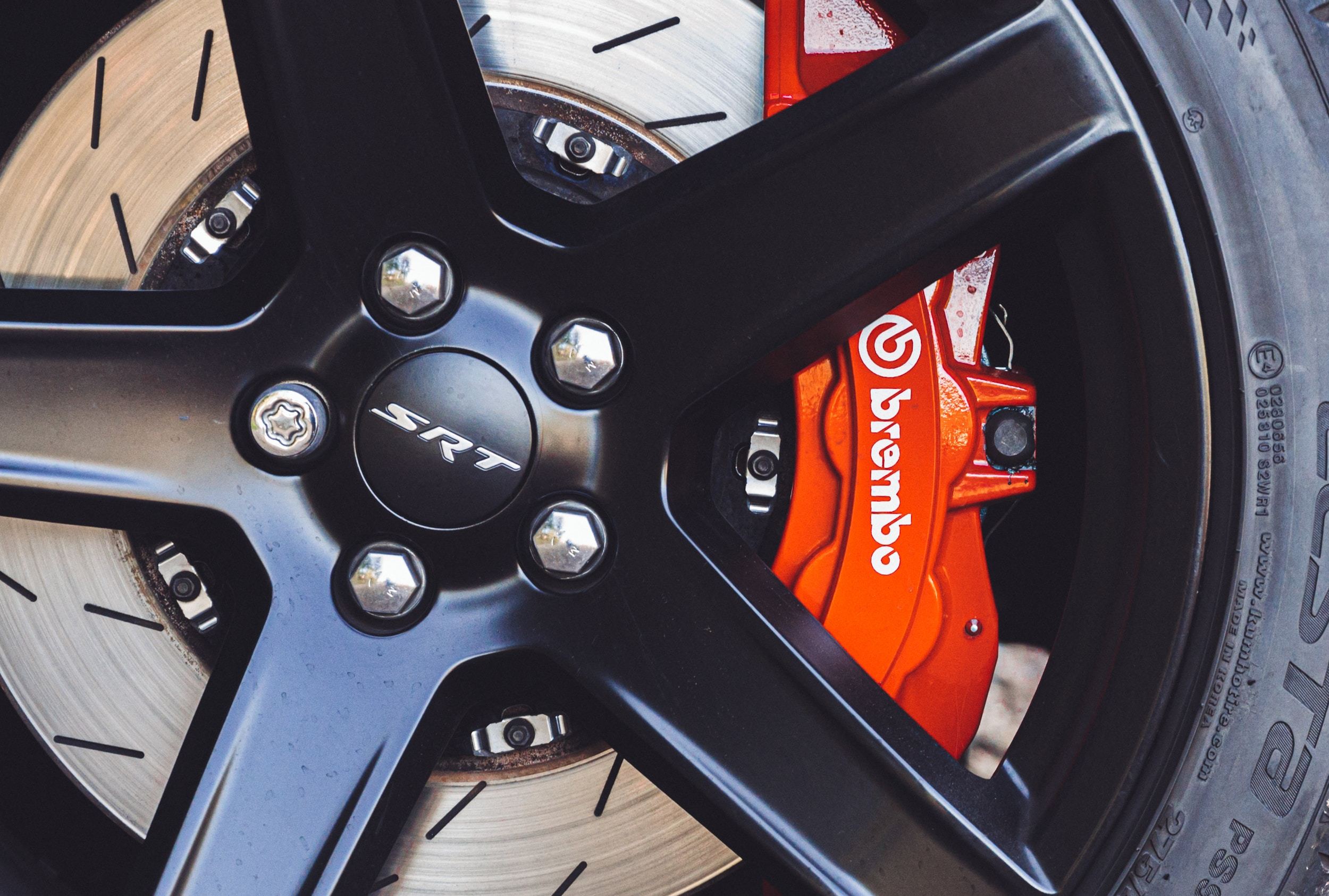
Photo Credit: Jan Kopriva/Unsplash.
- Brembo – The gold standard for high-performance and OEM applications, offering exceptional stopping power and heat resistance.
- Hawk Performance – Favored by track enthusiasts for aggressive compounds (like HPS 5.0) that balance bite and low noise.
- EBC Brakes – Known for their Greenstuff (eco-friendly) and Redstuff (sport) pads, delivering strong fade resistance.
- Ferodo – Trusted by motorsport teams for extreme durability under heavy use (DS2500 is a street/track legend).
- Akebono – Premium ceramic pads for quiet, low-dust daily driving without sacrificing performance.
Pro Tip:
Avoid bargain brands—cheap pads often overheat, wear fast, or damage rotors.
Final Thoughts On How To Tell If Brakes Are Bad
Understanding the symptoms of bad brakes and taking immediate action can prevent accidents and costly repairs. Regular maintenance and paying attention to warning signs will ensure your vehicle remains safe and reliable on the road. If you're ever in doubt about your brakes, consult a professional mechanic to assess and address any issues.